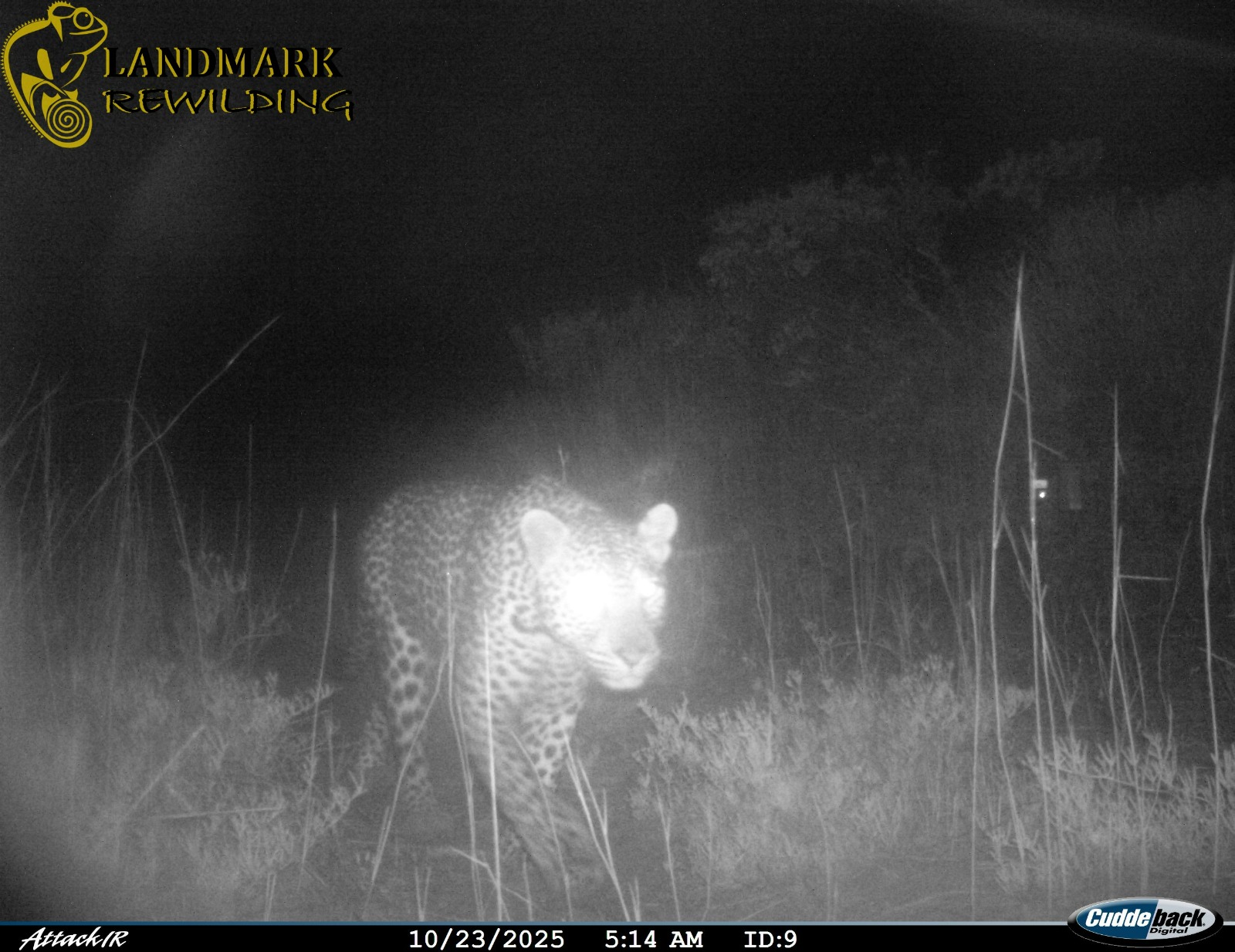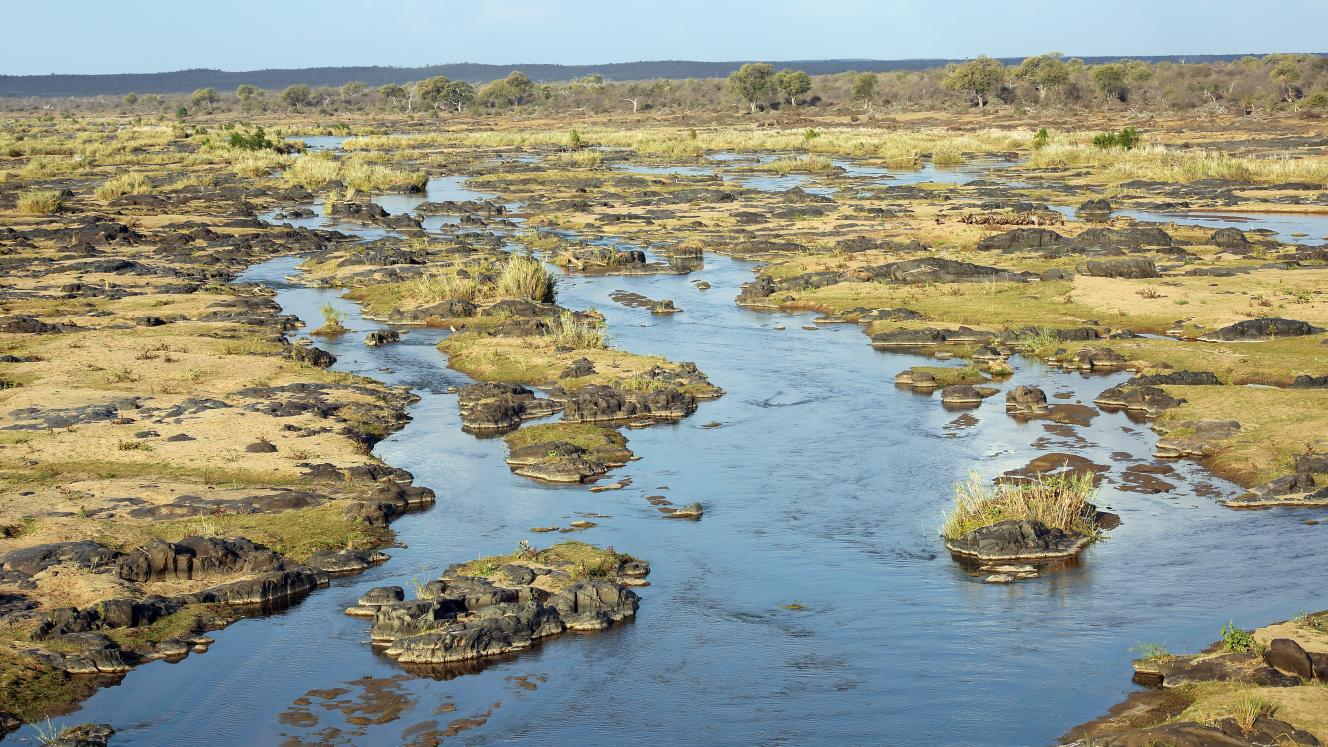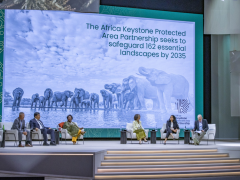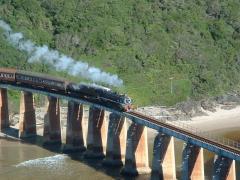A leopard has been photographed in the West Coast National Park for the first time in 170 years – a significant milestone for conservation and an indication of the species’ natural return to South Africa’s coastal landscapes. Leopards were extirpated from the area in the mid-1800s and have only recently begun to reappear.



The images were captured on a remote camera trap as part of a collaborative monitoring effort led by the Landmark Leopard and Predator Project, SANParks, the University of the Western Cape, Saldanha Bay Municipality and private landowners. The project has been active for several years along the West Coast between Cape Town and the Berg River.
Conservationists attribute the leopard’s return to coordinated work by NGOs and conservation authorities, shifts in land use, the expansion of conservation areas such as the West Coast National Park, stronger environmental legislation and increased tolerance and coexistence between local communities and wildlife.
Over the past two decades, the Landmark Leopard and Predator Project and partners have focused on restoring ecological corridors and reconnecting fragmented habitats across the Western, Eastern and Northern Cape. These measures have improved safe movement for leopards and other wildlife, supported by landowner cooperation and wildlife protection legislation.













